BY YASEEN HIJAZI VIA WOMEN’S TENNIS BLOG
Billie Jean King has long been an advocate for gender equality, but just how significant was she in bringing about the WTA we all know today?
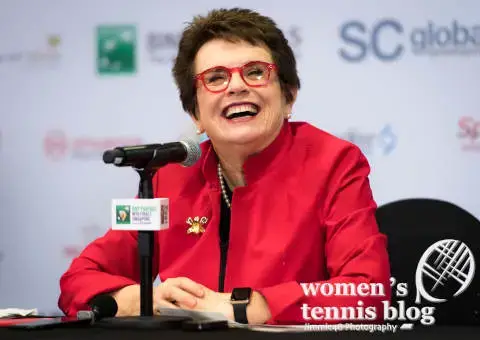
They say that big things come in small packages, and Billie Jean King lived out this notion all throughout her epic career and life as a tennis player. Despite being the “shortest human to ever win a Grand Slam,” King’s achievements go above and beyond the tennis court. Equipped with a drive to be the greatest tennis player of all time and strong beliefs about gender equality, the California-born legend went on to become the greatest advocate for equal rights on and off the tennis court.
In order to change the world, you must first gain enough power and influence to sway things in your favor. Billie Jean King rose to prominence in the ’60s when she won her first doubles and singles Grand Slam titles. She went on to dominate the decade with a total of 16 major titles and quickly became an influential figure in the sport.

Prize money discrepancy
Billie Jean King’s push for equal rights and gender equality was fueled by a huge disparity between prize money for men and women. At the first-ever Wimbledon to offer prize money in 1968, the attitudes of those in charge and society as a whole towards gender equality began to surface. In what was her third Wimbledon singles title, King received 750 pounds in prize money while Rod Laver was given an amount almost triple in value at 2000 pounds for winning the same event.
This was just the first of many discrepancies in prize money that Billie Jean King would face, and the worst was yet to come. In 1970, the former world number one would win the Italian Open title, only to be given a measly $600 in prize money, while the equivalent men’s champion was awarded $3,500. The gaps between men and women were everywhere, with some smaller tournaments going as
Billie Jean King and the Original 9
It was around the early ’70s when Billie Jean King took real action against the injustices towards women. She, along with the rest of the top 9 women’s tennis players would unite in protest by boycotting the Pacific Southwest Championships in 1970. Instead, these 9 women, who became known as the ‘Original 9’, would go on to form their own women’s-only tour known as the Virginia Slims Circuit, named after the cigarette brand that sponsored them.
This proved to be a successful move for gender equality, as the circuit gained many supporters in the form of tennis players and investors. The Virginia Slims Circuit began as a tour of 8 professional tournaments across the US, encompassing just the founding members. By 1971, the circuit grew to 40 members from the Original 9 and comprised 19 professional tournaments across the country.
Click here to continue reading.
For more visit Women’s Tennis Blog


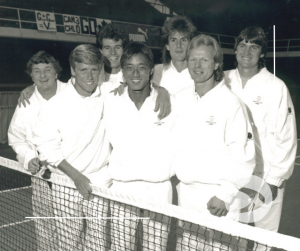
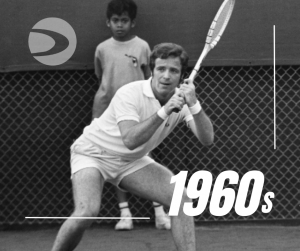

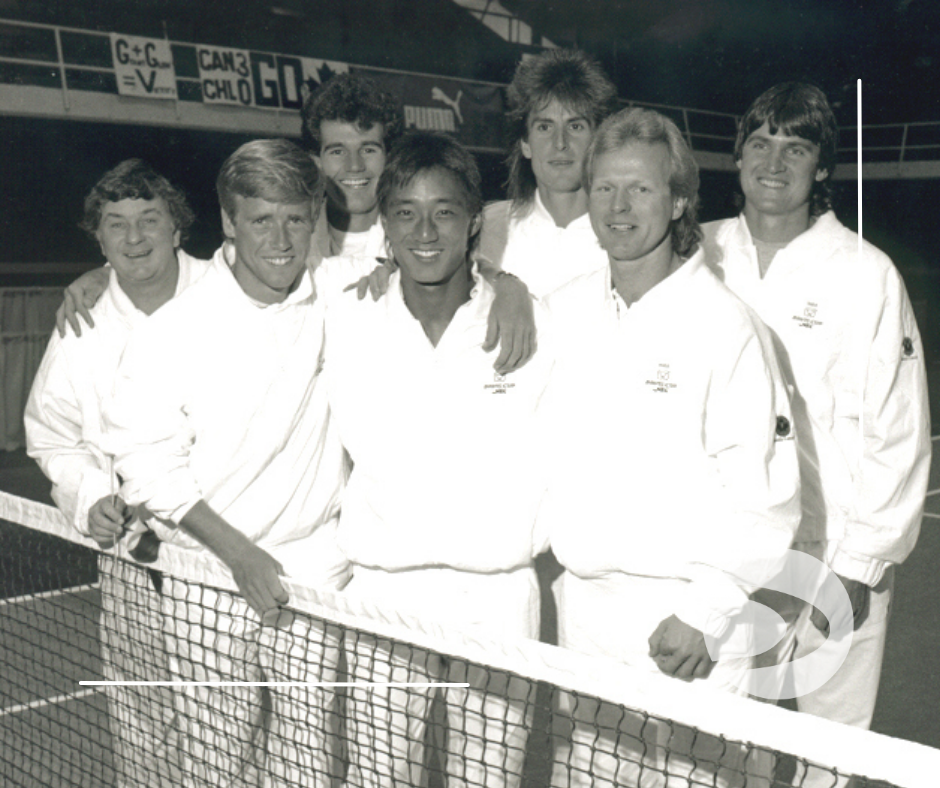
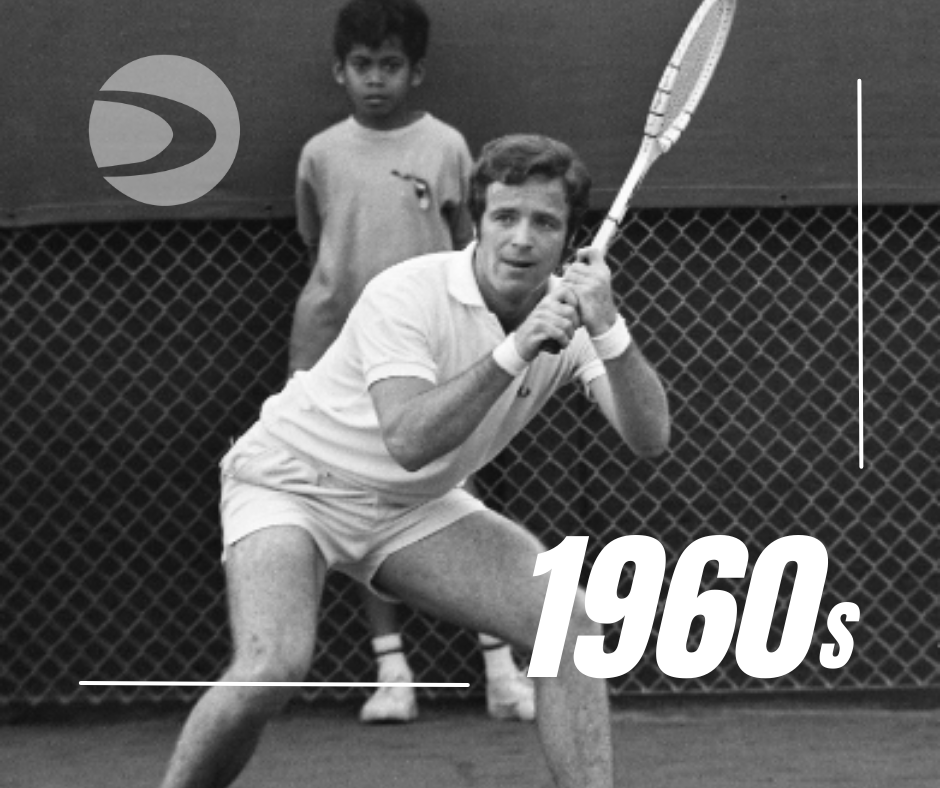

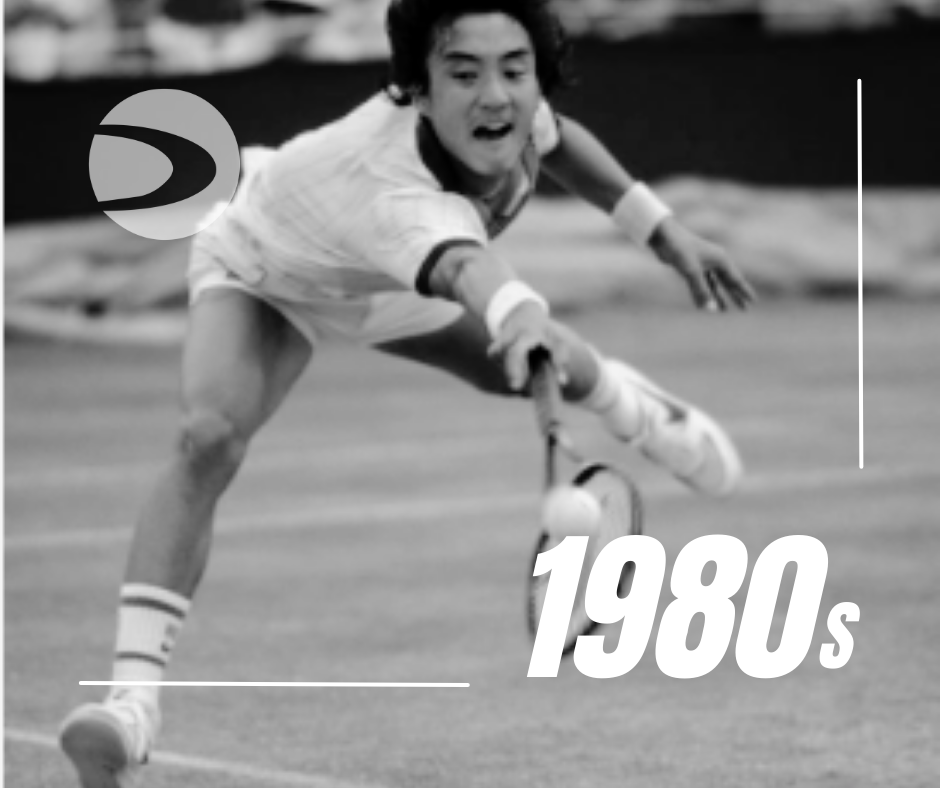
One Response